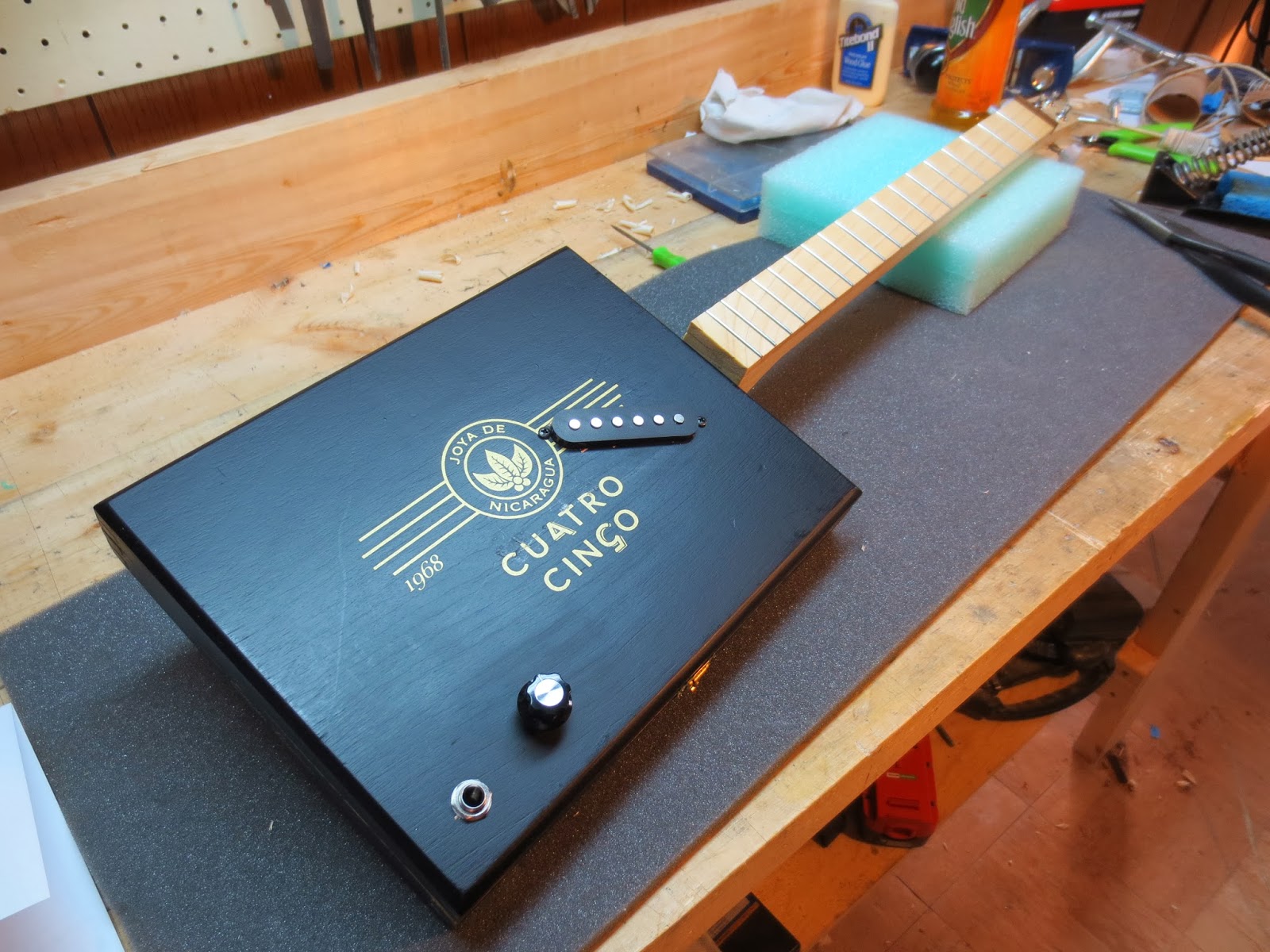My Daisy 853 and my Crosman 101s aren't going any where and I'm keeping my Disco and 2260 for now.
Some of the others I kept just weren't worth selling, a Chinese break barrel and a B-3 they cost more to ship than they are worth. I have a couple projects gone wrong that I am too embarrassed to even sell as parts
.
Now on to the main topic, I bought a 1377 at Walmart about three years ago. It was fine, just another impulse buy. I never really liked it, it was just awkward to shoot and not all that accurate. I tried the steel breech kit and built a wood stock for it.... still no joy. I put it in the cabinet and didn't shoot it any more. I would think about it once in a while. I had a couple spare Disco/ 2260 barrels one in .22 and one .177 cal and I had thought the 1377 might be more fun as a rifle than as a carbine or a pistol.
I tried it as a .22 cal first. My steel breech kit was for a .177 cal but I had a .22 cal bolt in my parts stash. The bolt handle had to be pressed out so it could be installed in the steel breech.
I needed a way to hold the barrel at the end of the pump tube. The 1377 barrel has a shoulder at the muzzle so the existing front sight/ barrel band won't work without modifying it. A 760 barrel band would work.
The 760 band is on the left and the 1377 is on the right.
I had an old school 760 barrel band that I liked better the late model plastic ones.
One thing I noticed is the transfer port is different size on each end, the larger end fits better in the barrel so that is how I installed it.
I bolted everything together.
Added a scope.
It was time for some testing. The wood stock is ugly but it does the job, a 1399 stock from Crosman would look better.
Velocities are pretty low as expected shooting .22 cal pellets, but match up with the 500 fps advertised velocity for a 1322. Shooting CPHP I got 350 fps at 5 pumps and 450 fps at 10 pumps.
To check accuracy I shot from the bench, rested on a bag at ten yards, 5 pumps for each shot. I shot 10 each RWS Superdomes and Crosman Premier from the cardboard box. Both pellets shot great but the RWS beat the Crosman. Hard to beat the accuracy.
I was more than happy with the accuracy as a .22 but wanted to see what it would do as a .177 cal. A quick barrel swap and bolt change then it was time for some more testing. The velocities were where I expected, 470 fps at 5 pumps and 575 fps at 10 pumps. Right in line with Crosmans' vague "up to 600 fps" claim.
Accuracy was about the same in .177 cal. CPHP was the looser at a 1" group but the RWS pellets showed promise with the Superdomes coming in at 1/2". This was the maiden voyage for this barrel, these were the first pellets through it. I'm sure the groups will tighten up as it gets seasoned.
I haven't decided if it will stay a .177 or if I will switch it back to .22. Either way it will see more use as a rifle than it did as a pistol.


























































